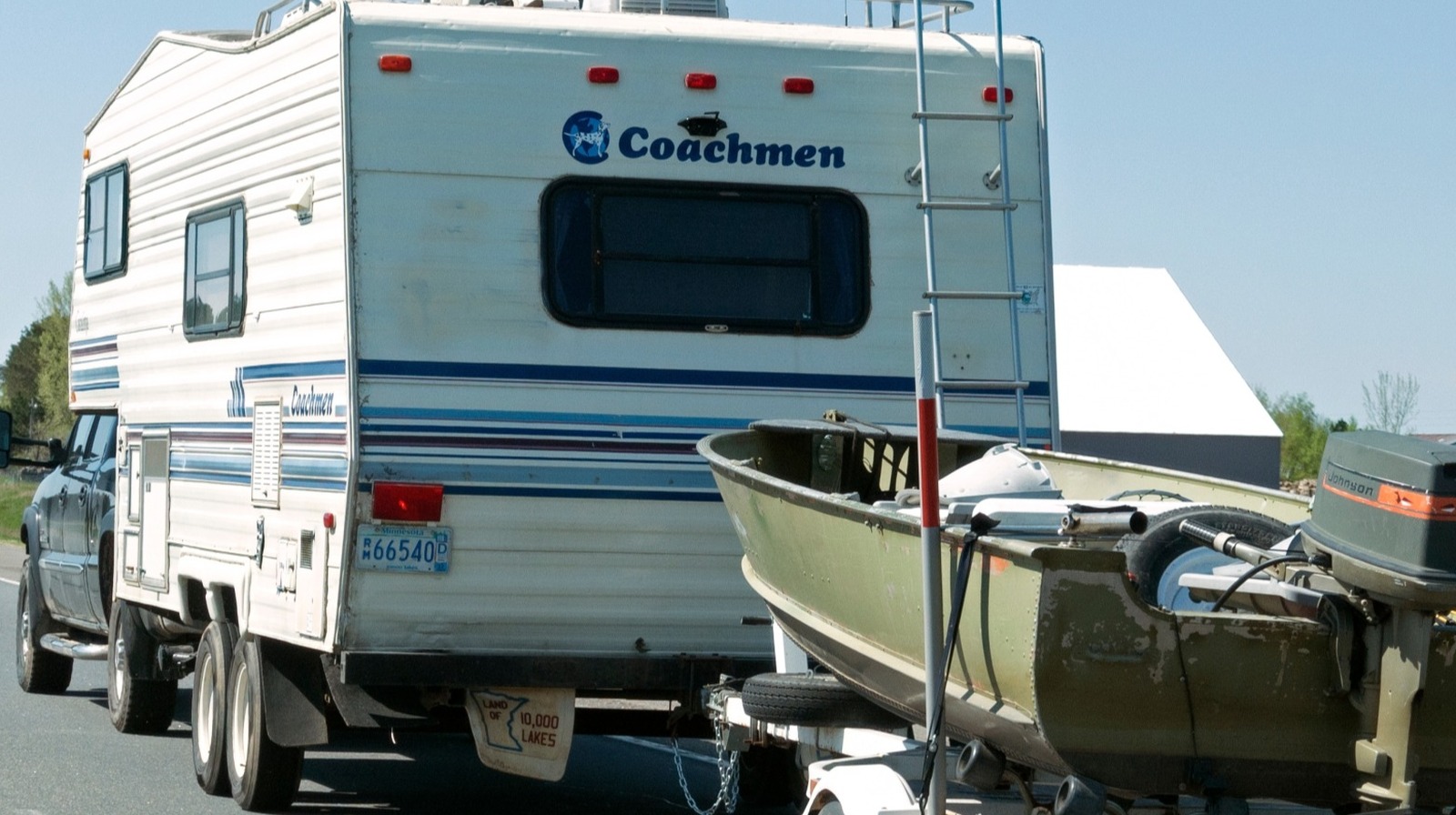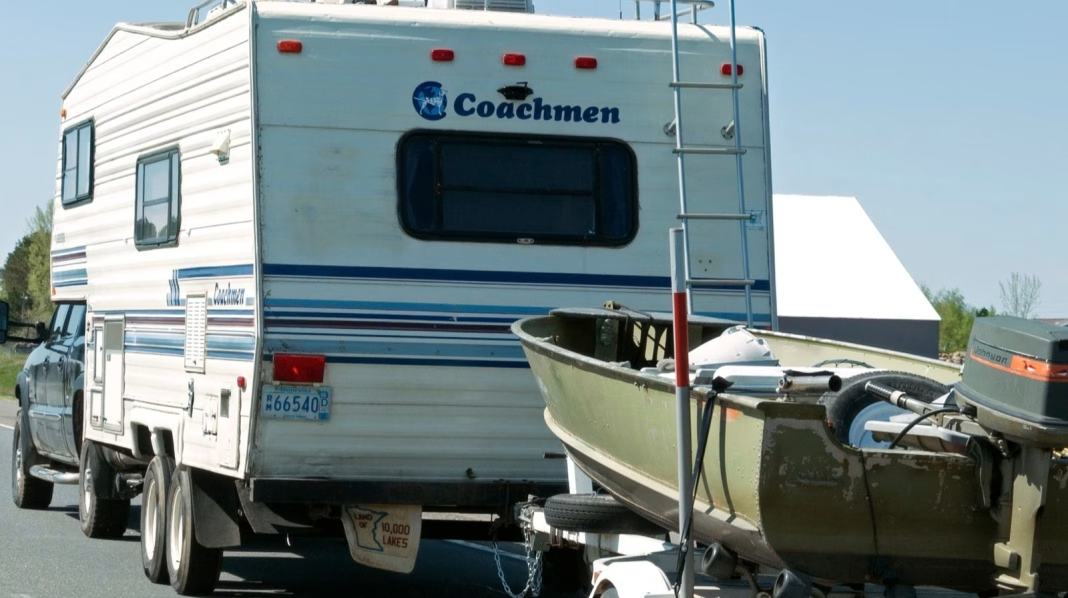Is Double Towing Legal Everywhere in the US?
If you’ve ever driven behind a pickup hauling not just one, but two trailers—maybe a boat and a camper—you’ve witnessed double towing in action. It’s a common sight on long stretches of highway, especially out West. But here’s the catch: double towing, also called triple towing, isn’t legal everywhere in the United States. The rules can be surprisingly complicated, and what’s perfectly fine in one state could get you ticketed in another.
Which States Allow Double Towing, and Which Don’t?
Let’s get right to what most folks want to know: where can you legally double tow? States like Texas, Utah, and South Dakota are known for their open roads and more relaxed towing laws, so double towing is generally allowed—provided you follow certain length and weight restrictions. On the flip side, states such as California, New York, and New Jersey have stricter regulations and typically prohibit recreational double towing altogether.
The patchwork of rules doesn’t stop there. Some states allow double towing only if you have a special endorsement on your driver’s license, while others restrict it to commercial vehicles. And then there are states with quirky exceptions—like only allowing it for certain types of trailers or on specific highways. The bottom line: always check the latest state regulations before you hitch up that second trailer. The American Automobile Association (AAA) and state Department of Transportation websites are reliable resources for up-to-date info.
Why Do Some States Ban Double Towing?
It’s not just about being a stickler for rules. States that ban or heavily restrict double towing often cite safety concerns. Maneuvering two trailers requires skill, and the risk of jackknifing or losing control increases with each additional connection. According to the Insurance Institute for Highway Safety, multi-trailer setups are more prone to sway and can be harder to stop quickly—especially in bad weather or heavy traffic.
Some states also have infrastructure limitations. Narrow roads, tight turns, and older bridges simply aren’t designed for extra-long rigs. Local lawmakers weigh these factors, along with accident data and public feedback, when setting towing laws.
What Are the Typical Requirements for Legal Double Towing?
Even in states where double towing is allowed, there are strings attached. Most require that the combined length of your vehicle and both trailers doesn’t exceed a certain limit—often around 65 feet, though it varies. Weight limits are another biggie, as overloading can strain your brakes and axles.
You’ll likely need working trailer brakes on at least one of the trailers, and safety chains are a must. Some states require additional mirrors or even a special endorsement on your driver’s license. Insurance companies may also have their own requirements, so it’s wise to double-check your policy before hitting the road.
Is Double Towing Safe for the Average Driver?
Let’s be honest: double towing isn’t for everyone. It demands a higher level of attention, patience, and driving skill. Even seasoned RVers admit that backing up with two trailers is a whole different ballgame. If you’re new to towing, experts recommend starting with a single trailer and practicing in empty parking lots before attempting anything more ambitious.
A study from the Federal Motor Carrier Safety Administration found that driver error is a leading factor in towing accidents. That means education and experience matter. If you’re determined to try double towing, consider taking a specialized towing course. Some RV clubs offer hands-on training that covers everything from proper hitching to emergency maneuvers.
What Happens If You Double Tow Where It’s Not Allowed?
The consequences can range from a simple warning to hefty fines—or even having to unhitch your second trailer on the spot. In some cases, your insurance might not cover you if you’re caught double towing illegally. And if you’re involved in an accident, you could be held liable for damages, even if the other driver was at fault.
Real-World Tips for Safer Double Towing
If you’re set on double towing, a few practical tips can make a world of difference. First, always check your vehicle’s towing capacity—don’t just assume your truck can handle the load. Distribute weight evenly between both trailers, and double-check all connections before every trip.
Plan your route in advance, avoiding narrow roads and sharp turns whenever possible. Keep your speed in check, and leave plenty of space for braking. And don’t forget to practice—lots of it. The more familiar you are with your rig, the safer you’ll be.
The big takeaway? Double towing isn’t about perfection—it’s about smarter adjustments. Start with one change this week, and you’ll likely spot the difference by month’s end.


